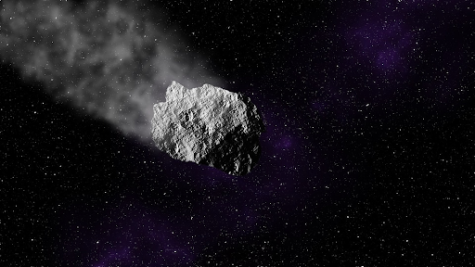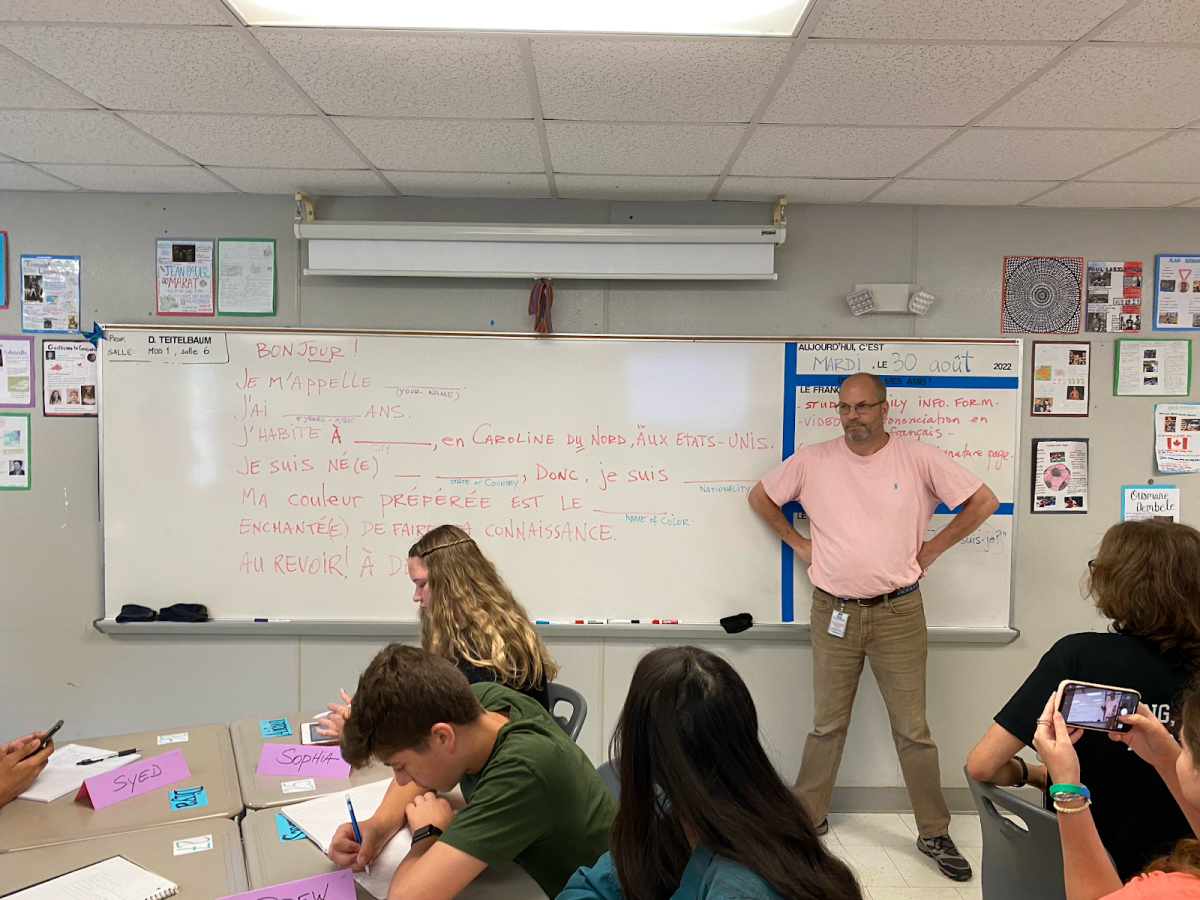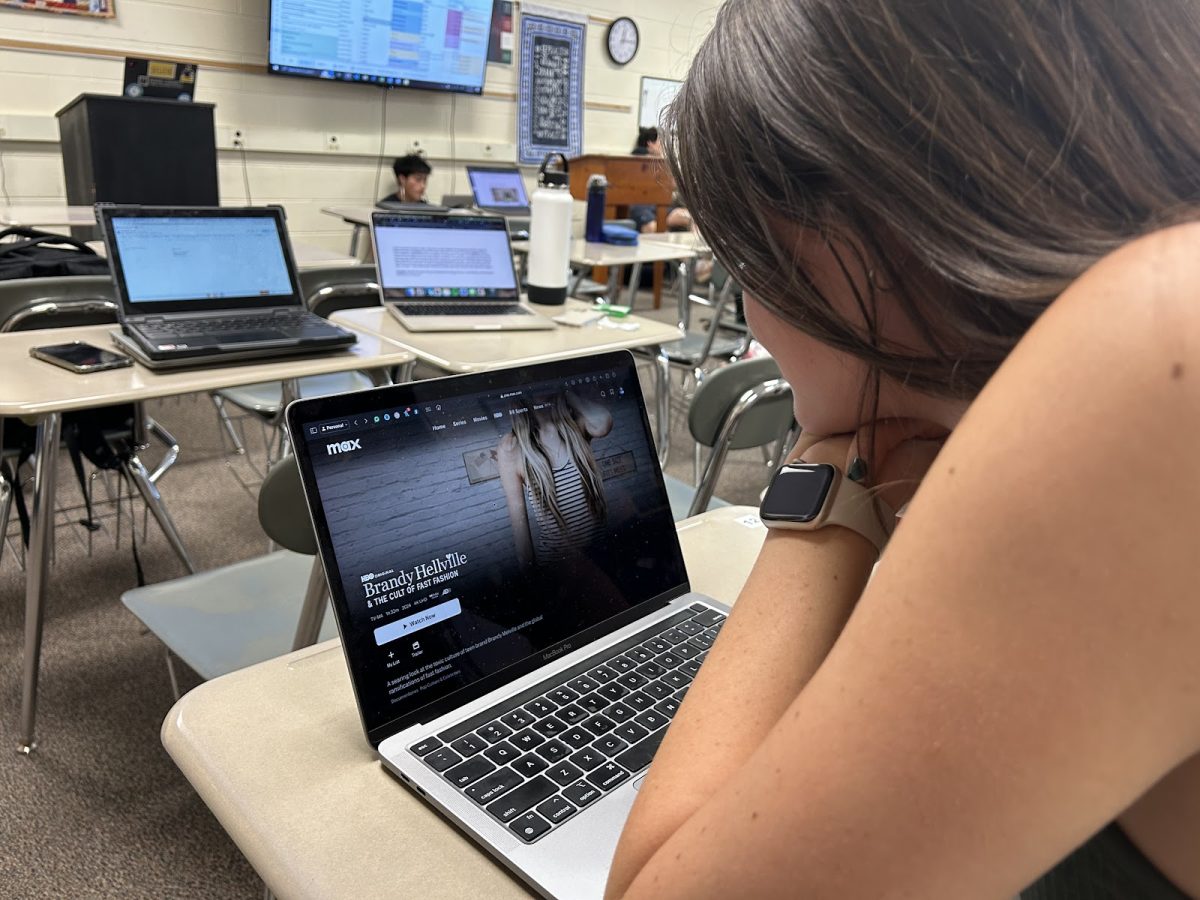What in the Universe has NASA been up to recently?

National Aeronautics and Space Administration
NASA Kennedy Space Center in Cape Canaveral, Florida
October 12, 2022
Asteroid redirection technology? While this hints at a futuristic life in another galaxy, it is a potentially new reality as NASA launched a spacecraft into an asteroid’s moon at over 14,000 miles per hour on September 26th.
The size of the spacecraft is comparable to a vending machine, leaving a 6,000 mile long trail of debris caught by telescopes on Earth.
This crash was part of NASA’s Double Asteroid Redirection Test, otherwise known as DART. DART is the first project from NASA’s Planetary Defense Coordination Office (PDCO). The PDCO is responsible for providing detection, tracking, characterizing, studying and strategizing technologies for Near Earth Objects (NEOs). NEOs are asteroids or comets that orbit the sun and are within 30 million miles of Earth’s orbit. Additionally, the PDCO is also responsible for accurately and efficiently warning the government, general public and media in case any NEO poses harm to the planet.
The spacecraft that struck the asteroid was launched by NASA in November of last year to test whether crashing an object into an asteroid would impact its trajectory. It was tested on a double asteroid around seven million miles away that presented no signs of potential damage to Earth. The main target was a 530 foot in diameter moonlet, called Dimorphos, which orbits a 2,560 foot asteroid called Didymos.

The goal was to slightly alter the path of the moonlet in order to test the world’s first planetary defense technology. This technique of deliberately colliding a spacecraft into an asteroid in order to change its course is known as kinetic impact. It serves as a tool in case any hazardous NEO happens to make its way toward Earth.
When asked about the mission, Green Hope Astronomy teacher Mr. Shannon Basham said, “This is a years-long mission where you have to send a spacecraft out and actually make contact with the asteroid. It’s just a phenomenal thing of space, technology, and engineering.”
Mr. Basham believes that the technology to stop an asteroid from colliding with Earth is definitely there. However, he also believes it would require the collaboration of multiple nations. Mr. Basham added, “Especially with this mission and the success they had with it, I absolutely feel good for the future.”
On Tuesday, October 11, NASA held a briefing and gave updates regarding the mission. NASA concluded that the mission was a success and that the asteroid’s trajectory had indeed shifted. Before the collision, it had taken 11 hours and 55 minutes for Dimorphos to orbit its parent Didymos, and after the strike, it now took 11 hours and 23 minutes. This meant that the orbit was altered by 32 minutes.
SpaceX and NASA send 4 astronauts to International Space Station
On Wednesday, October 5, four astronauts took off for the International Space Station (ISS) from NASA’s Kennedy Space Center in Florida as a part of the SpaceX Crew-5 mission.
It took an estimated 30 hours to reach the ISS and the astronauts will stay in the station for six months.

The astronauts of the Crew-5 mission represent a variety of nations, including American astronauts Nicole Aunapu Mann and John Cassada, Japanese astronaut Koichi Wakata and Russian cosmonaut Anna Kikina.
This mission marks a historic moment as NASA astronaut Nicole Mann became the first Indigenous woman to go to space. She is a part of the Wailacki of the Round Valley Indian Tribes in California.
Mann, a U.S. Marine Corps colonel and pilot, is the commander of the mission and the first woman to command a SpaceX mission in history. As the mission’s commander, she is responsible for all phases of flight, including launch and re-entry. Through her experiences as a pilot, she has accumulated over 2,500 flying hours in 25 different types of aircrafts.
The Crew-5 mission is the fifth crew mission of the SpaceX Dragon spacecraft and the Falcon 9 Rocket to go to the ISS. During their several month journey, they will conduct new research regarding cardiovascular health, bio-printing and fluid behavior in microgravity. Its purpose is to prepare for potential human exploration beyond low-Earth orbit.
The Crew-5 will return to Earth in March of 2023.

























































Gopal Galgali • Oct 18, 2022 at 10:03 am
Raj, seem to be a young aspiring “spsceman”…Will not be surprised if starts reporting “from SPACE” in days to come.@